In my work, you can recognize influences deeply rooted in art history. While my paintings are undeniably contemporary, they draw from a long tradition of iconography and portraiture.
One could say that my paintings are a modern interpretation of Byzantine icons and imperial portraits—images that do not simply depict women but rather elevate them to an untouchable, almost divine status. Like these historical icons, my muses are not just individuals; they embody an ideal, an archetype, a timeless symbol of power, mystique, and beauty. Yet, unlike the passive figures of historical iconography, my muses command the viewer’s attention with an awareness that feels both timeless and undeniably modern.
There is also a clear connection to classical portraiture, such as the Mona Lisa and the portraits of the Dutch Golden Age. The subtle expression, the gaze that both reveals and conceals, and the controlled composition all contribute to a sense of mystery and timeless allure. However, where historic portraits often served to solidify social status, my muses remain unattainable, enigmatic. They are not tied to any specific time or place; they exist in an eternal space between past and future—icons for a new pantheon.
At the same time, my work resonates with the opulent ornamentation of Gustav Klimt and the aesthetic of Art Deco. The elegant lines, golden accents, and refined patterns connect my paintings to a tradition of decorative art where beauty is elevated to a form of power. But rather than mere embellishment, these elements act as visual armor—expressions of strength, status, and sophistication. Every brushstroke is deliberate, every golden detail a symbol of something beyond material wealth: a state of being.
My paintings also exist at the intersection of fashion and avant-garde. There is a strong connection to fashion illustration, echoing the classic work of René Gruau, who masterfully blended glamour with graphic precision. One could also see my work as engaging in a visual dialogue with artists like the illustrators of Parisian haute couture in the 1920s and 1930s. Yet my muses are not passive mannequins—they are architects of their own allure, sovereign figures who wear their adornments as emblems of self-definition.
Simultaneously, my work evokes a surreal and dreamlike quality, reminiscent of Paul Delvaux’s paintings or Man Ray’s photography. My muses exist in a world that is both real and imagined. Their gaze is hypnotic, frozen in time, as if they inhabit the threshold between reality and a dream. In this sense, my work also explores the psychology of beauty—what it means to be seen, and what it means to remain just out of reach.
But more than just portraits, my paintings form part of a new canon of contemporary icons. They are not meant to be static images, but figures that challenge, captivate, and endure. My work is a bridge between past and present, where classical influences are transformed into a distinct contemporary visual universe. In an era where images are fleeting, my muses demand a different kind of looking—one that lingers, one that contemplates, one that remembers.
Like the rarest objects of desire, my paintings exist in limited numbers, each one a carefully crafted embodiment of an artistic vision that transcends trends.


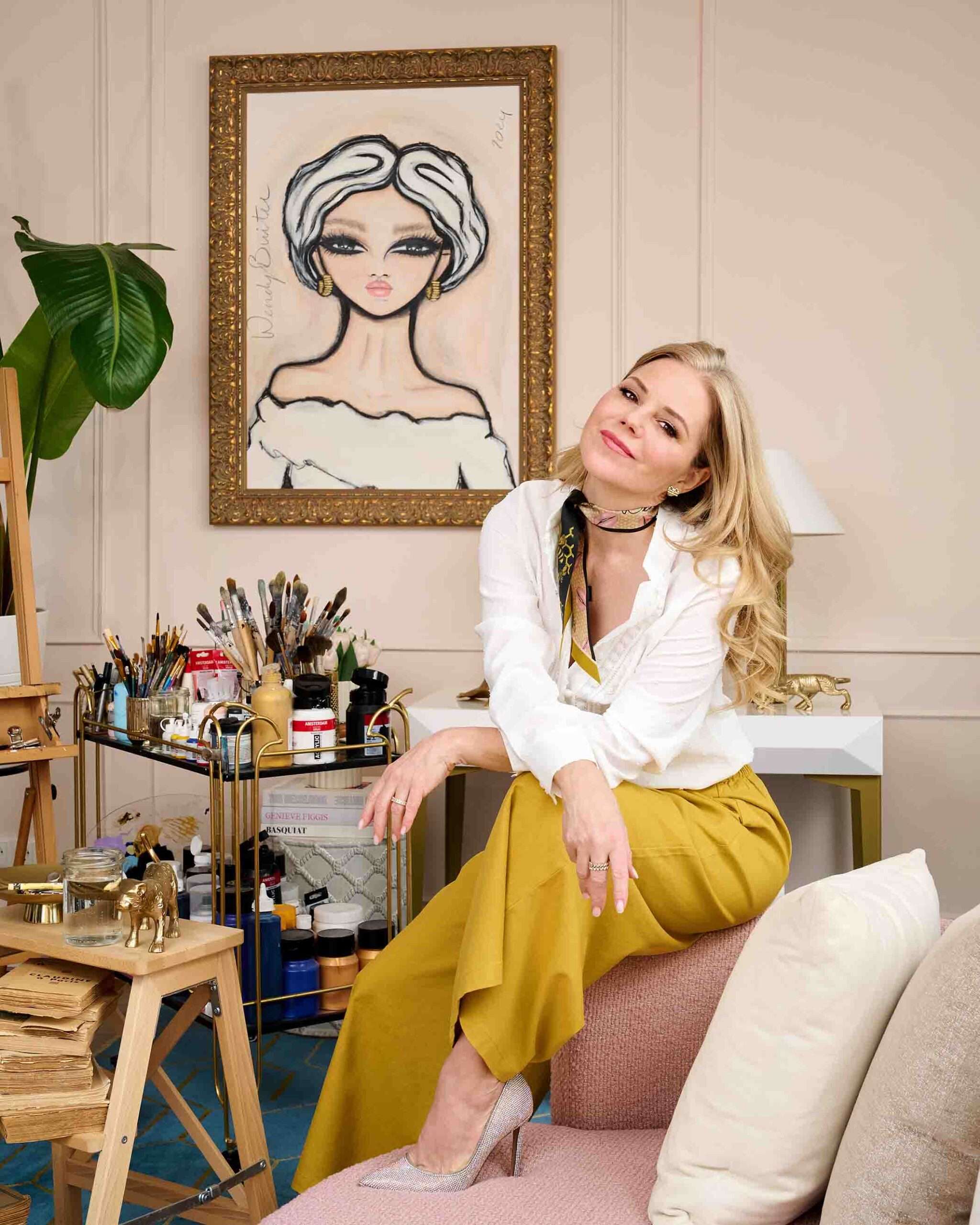
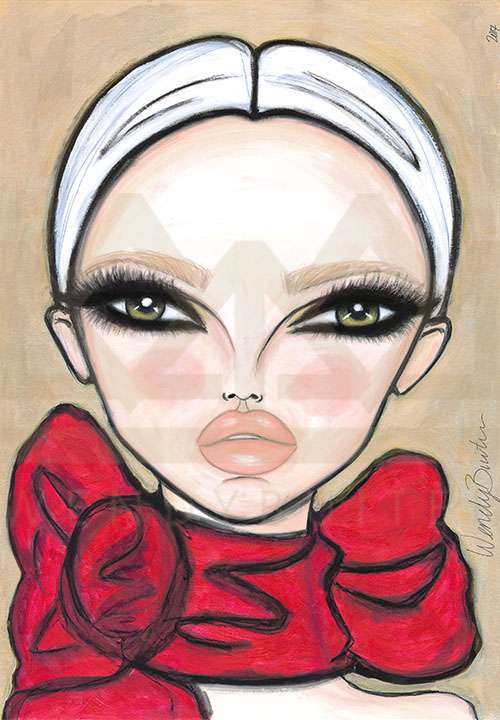
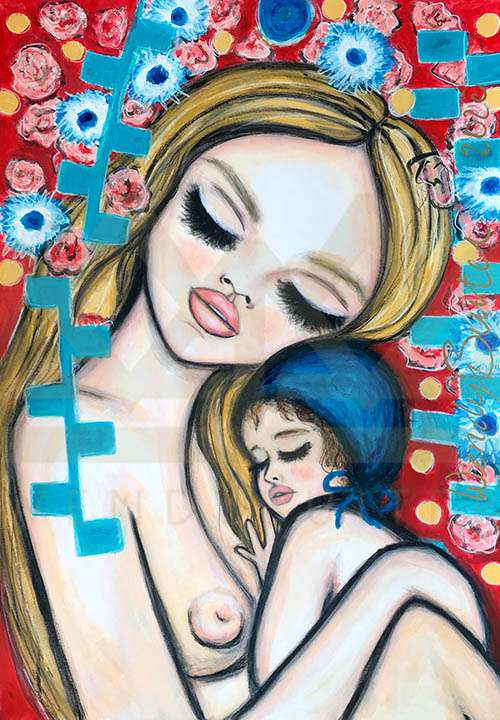
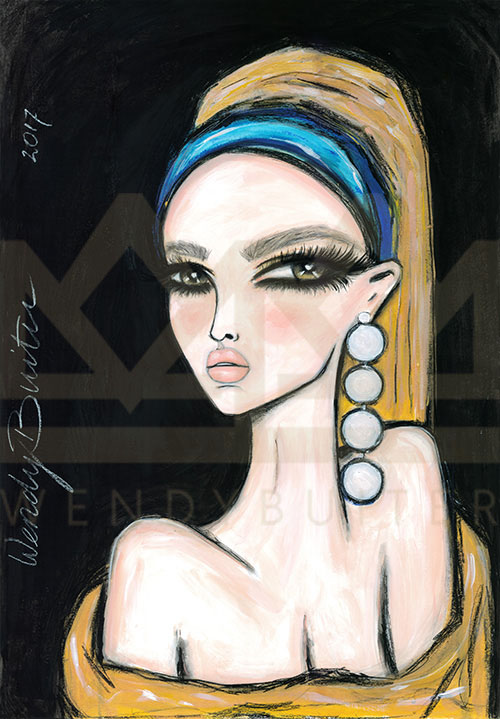


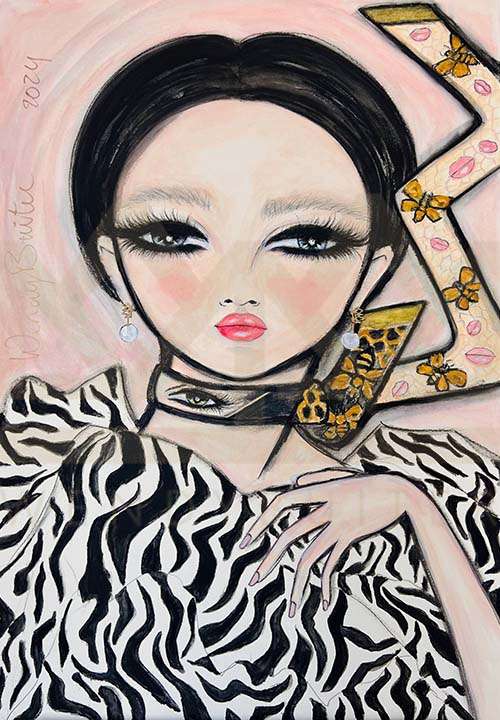
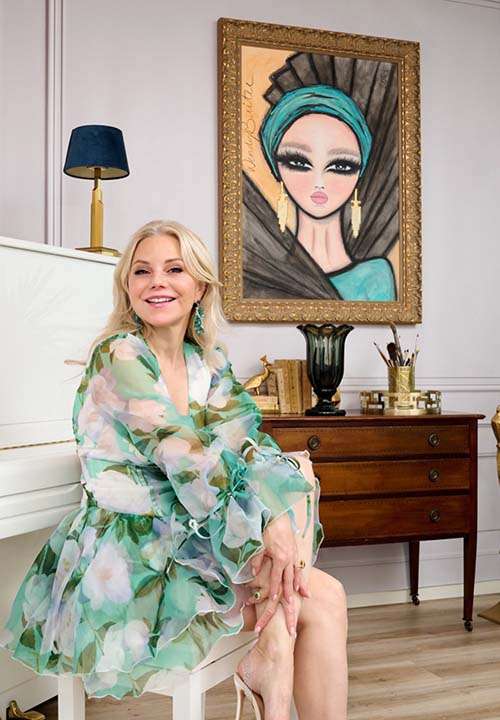
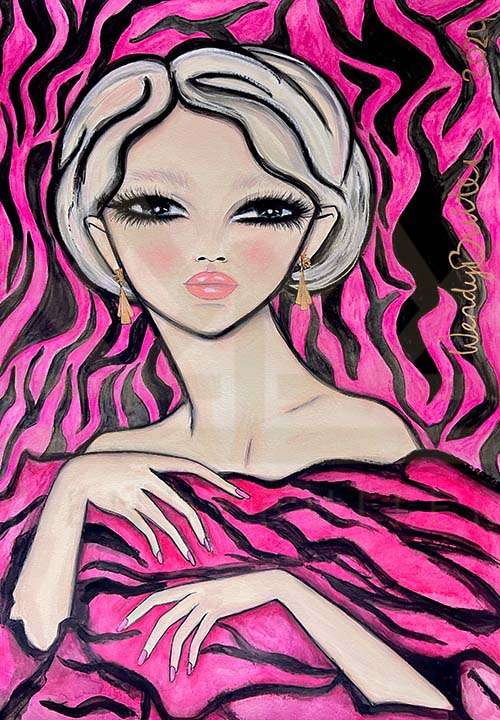
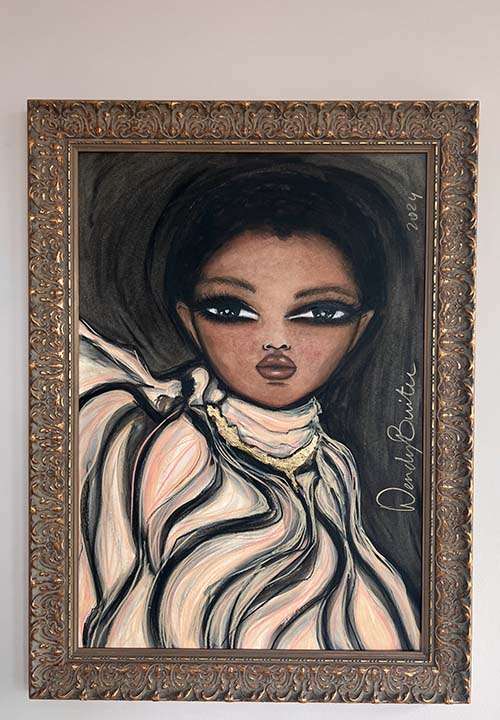
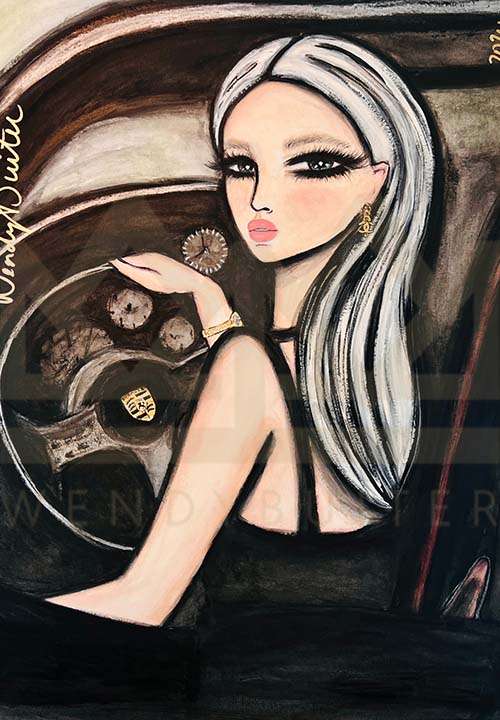
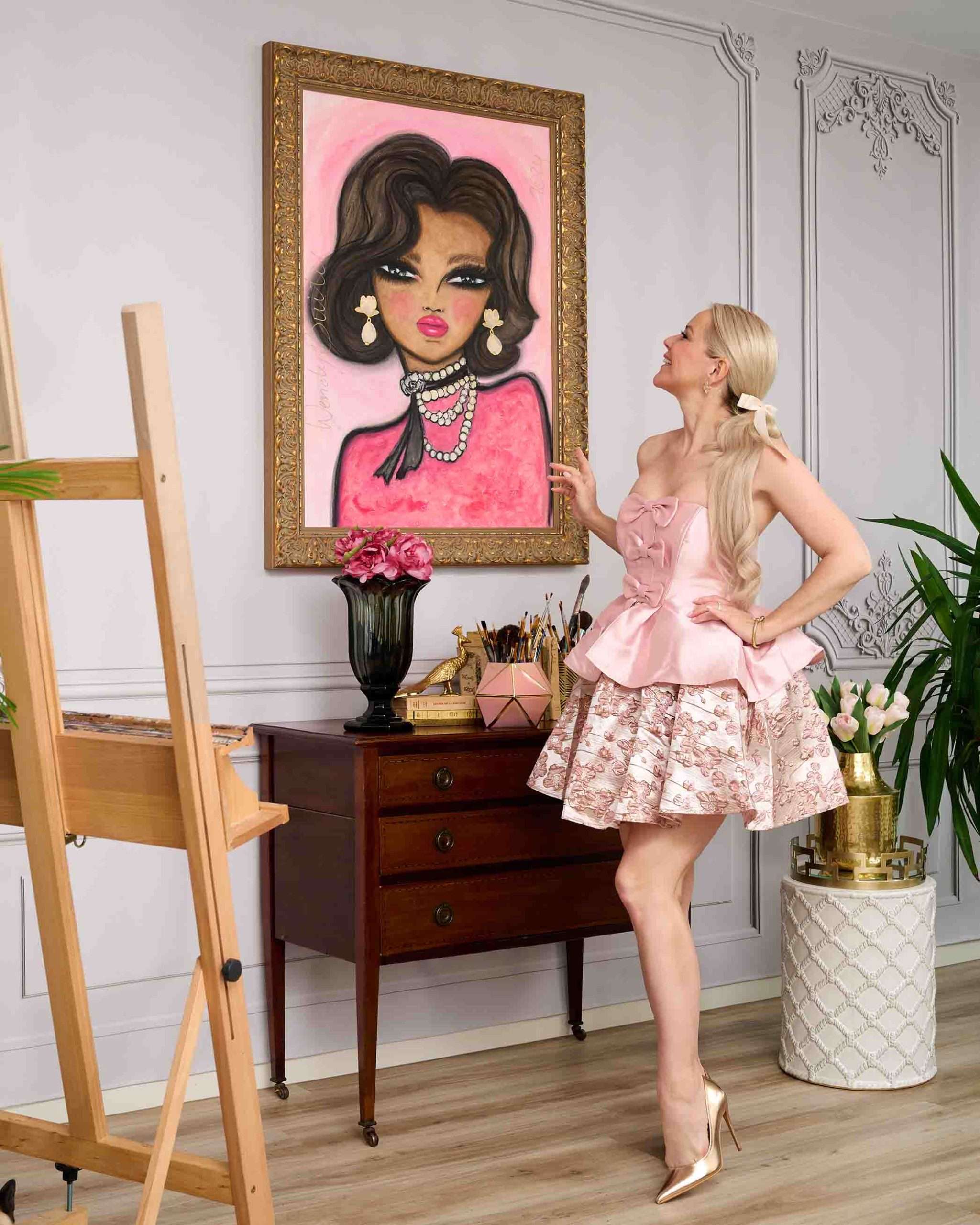
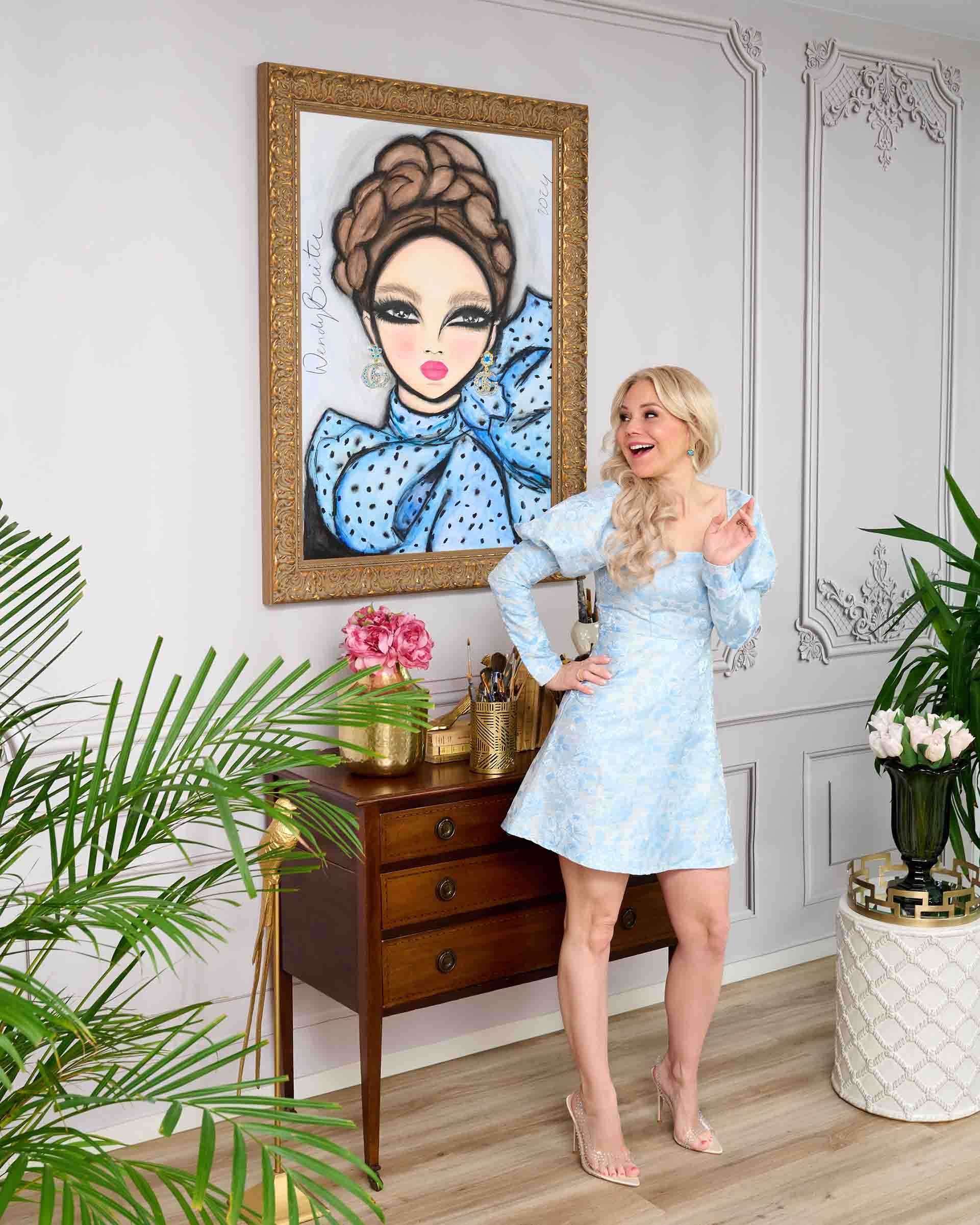
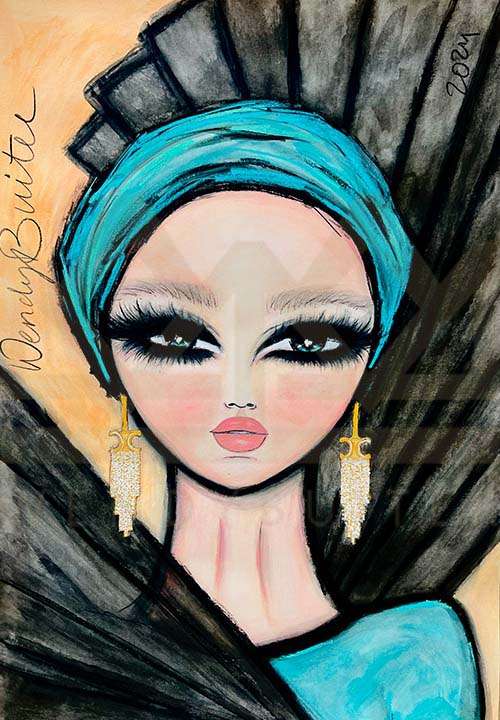
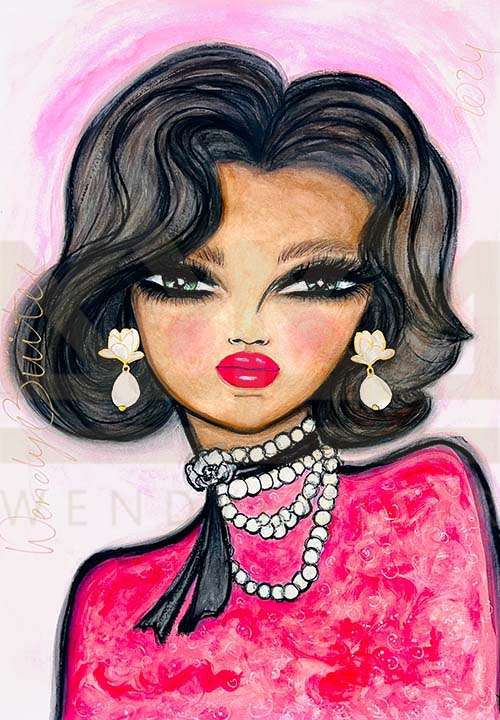
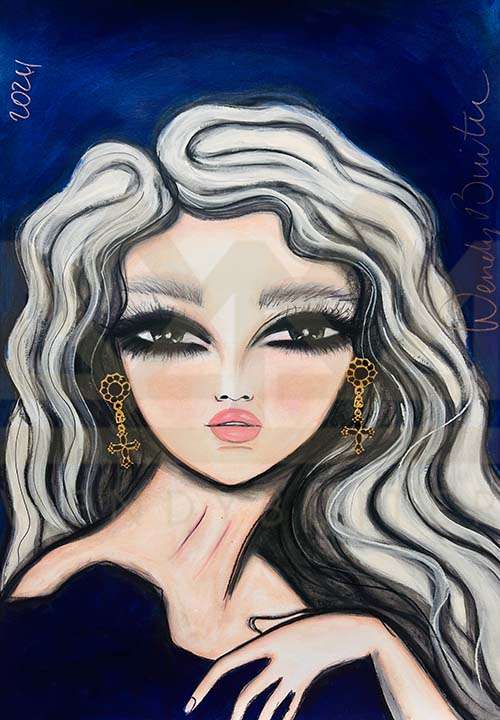
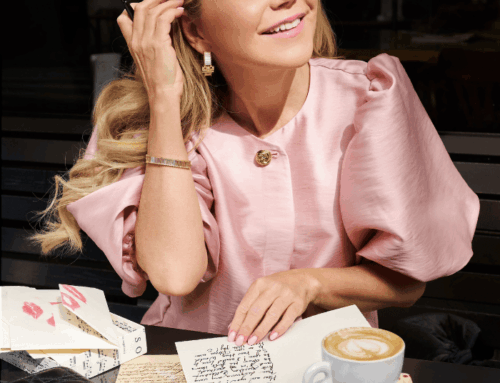
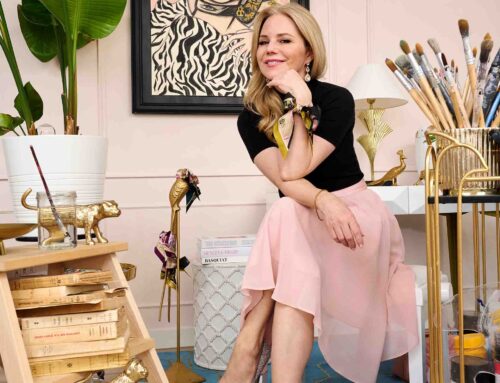
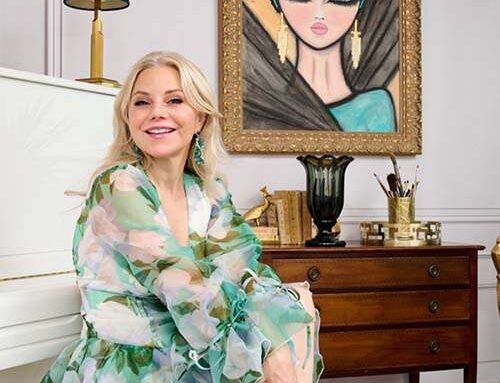
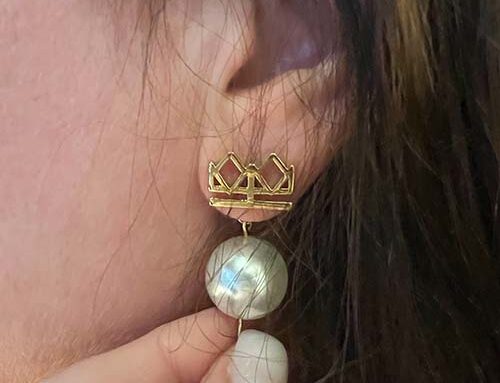
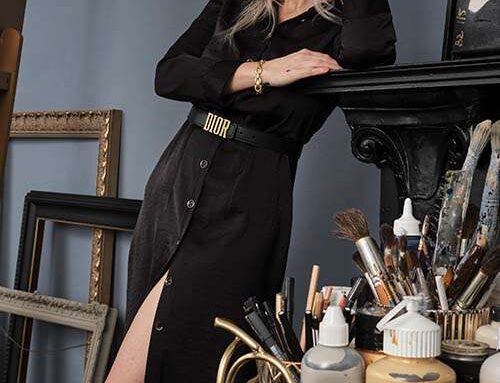
Leave A Comment
You must be logged in to post a comment.